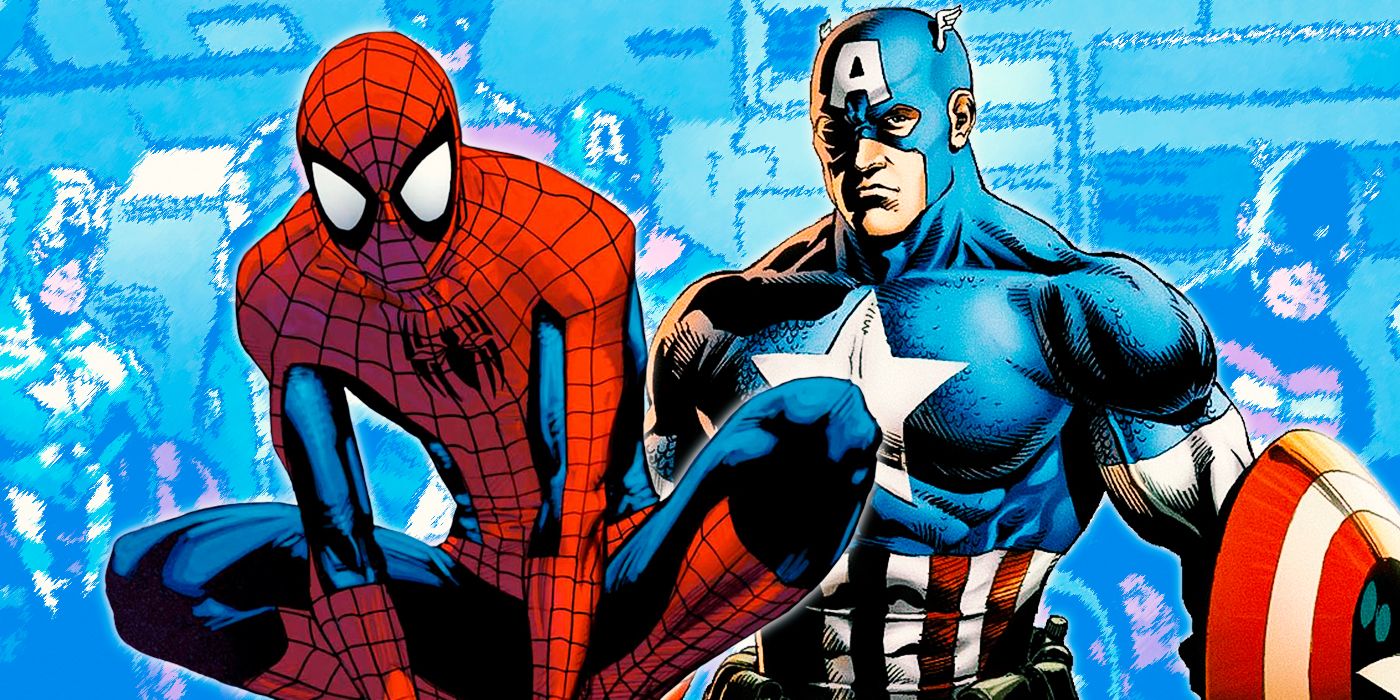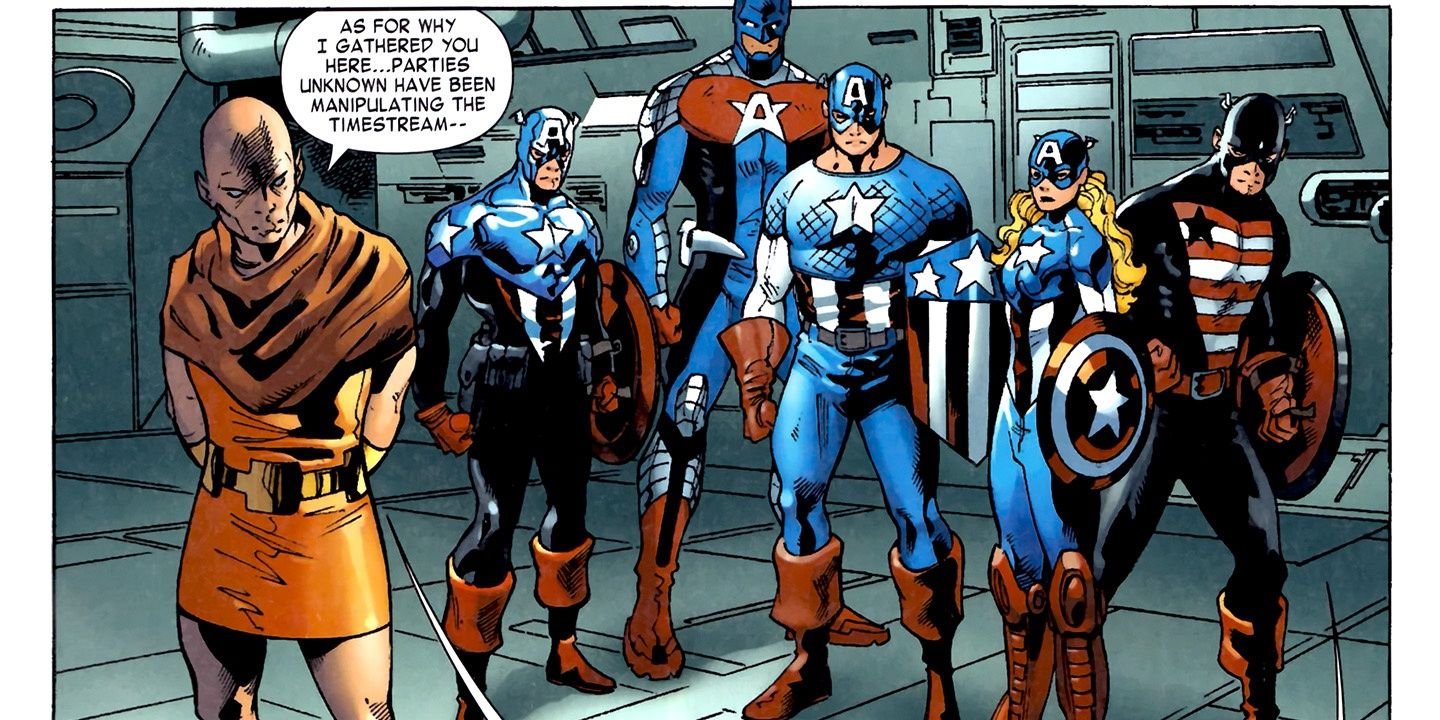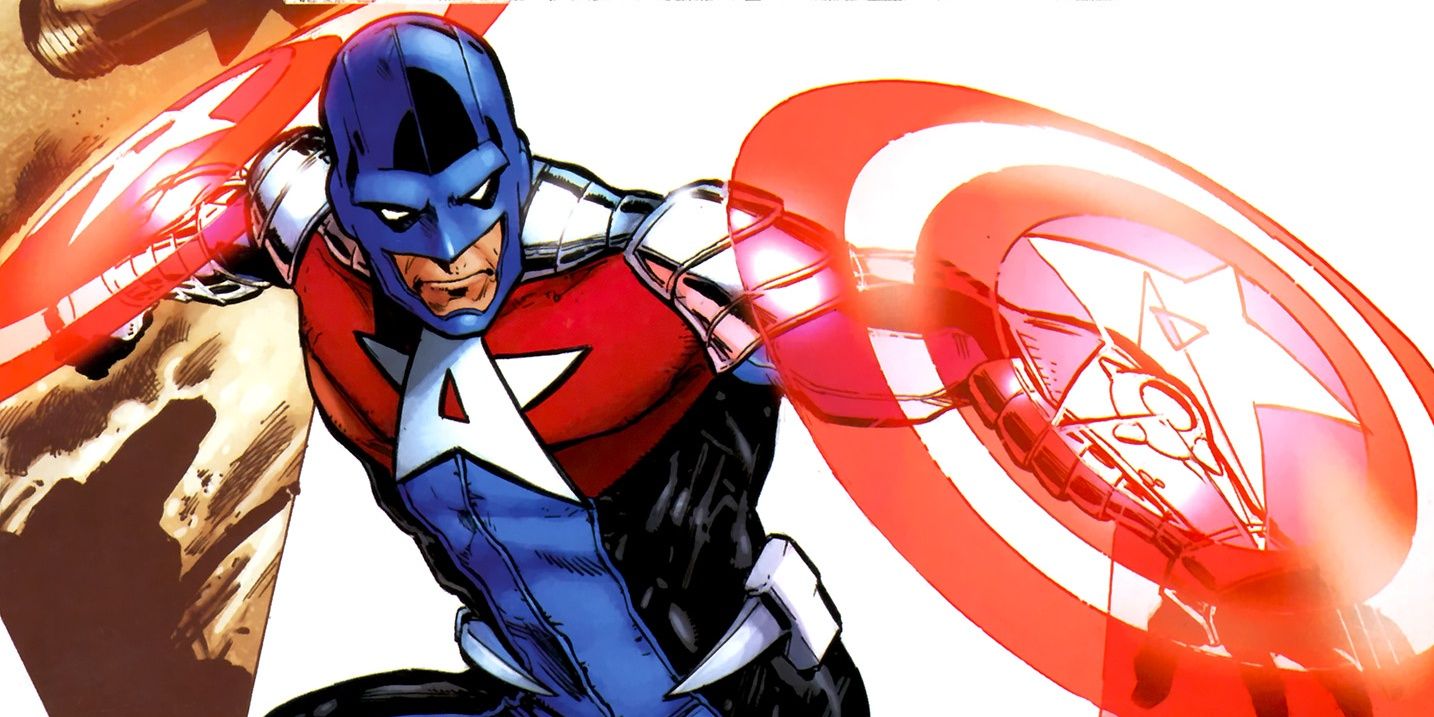In 2014, Marvel readers were graced with Spider-Verse, a major crossover event featuring nearly all of the various alternate reality Spider-Men-and-Women of the time. Written by Dan Slott with pencils by Olivier Coipel and Giuseppe Camuncoli, the book was an instant classic, inspiring multiple spinoff titles and a cartoon adaptation. But unbeknown to most fans, Captain America had his own Spider-Verse-Esque story three years before Peter Parker ever did. Though the team was quite uniform compared to a team of Spider-Men, their assembly was probably more powerful.
Captain America Corps (by Roger Stern and Phil Briones) was a 6-issue miniseries from 2011 that took five different Captain Americas /America-themed superheroes out of their eras and threw them into a dystopian timeline to overthrow an evil organization called the Americommand and their evil super-soldier Anti-Cap. Among the returning roster of patriotic super-soldiers were Captain America (Bucky Barnes), Captain America (Steve Rogers), American Dream, U.S. Agent, as well as the original character created for the comic, Commander A.
The inclusion of Steve Rogers was actually something of a throwback at the time, because for three years at that point, ever since Captain America vol. 5 #34 (by Ed Brubaker and Steve Epting), Bucky Barnes had taken the mantle of Captain America. Steve's captain was actually pulled from of the past, straight out of Camp Lehigh in 1941, and he was still using his classic non-circular shield. He was even more out of his time than usual and was shocked that Barnes survived the bomb that left him presumed dead in WWII. Bucky was glad to see Rogers back in action, but he struggled with feeling inferior to his predecessor.
Created for the future Avengers series A-Next (by Tom DeFalco and Ron Frenz), American Dream was Shannon Carter, an Avenger from the alternate future universe of Earth 982. Despite wearing a costume nearly identical to Captain America's, she's actually wasn't a super-soldier. This didn't make her worthless as a fighter though, as she wore gauntlets that shot small projectile shields, making her the primary ranged fighter of the group.
Kiyoshi Morales was the unique standout of Captain America Corps, and it's a shame that he hasn't been returned since. He went by the name of Commander A and served a Captain America-type role in the far future of Earth 11831. He was more than a whole head taller than the other Captains, and his twin energy shields were far more powerful than the shields of his counterparts. Despite being separated by some temporal distance from World War 2 and the formation of the Avengers, he still remembered the legends of Steve Rogers and considered it an honor to serve alongside him. There's wasn't much context given to the world he came from, which is a shame, because he's got arguably the coolest American-flag suit a Marvel character could wear.
John Walker, who many fans will recognize from the recent Disney+ series Falcon and the Winter Soldier, was also on the team. He made his debut in Captain America #323 (by Mark Gruenwald and Paul Neary), though he would shift through a few names before settling on U.S. Agent in issue #354. Gruenwald created him as the polar opposite of Rogers, a morally compromised soldier, but his sense of duty still propelled him to take on the Americommand to the best of his ability. He still remained antagonistic, and he initially refused to believe that anyone that isn't white or female could ever become a Captain America in the future. Morales didn't stand for it though, remarking that his ancestors were on the American continent long before any of Walkers' had arrived.
As with many multiverse time-travel stories in Marvel comics, the characters didn't get to keep their memories upon returning to their original timelines, so its relevance to the canon is dubious at best. But any longtime Captain America fan can enjoy seeing the different heroes play off of each other, and the story strikes at the core of what separates a loyal soldier from a good one.



